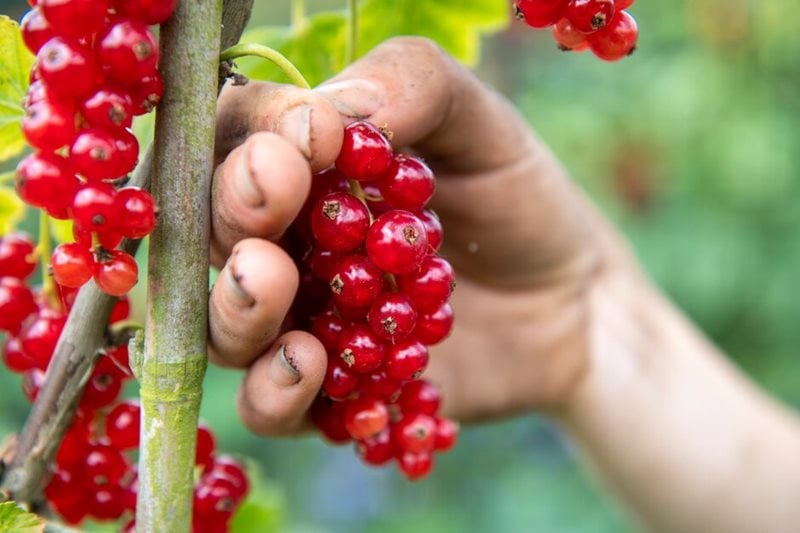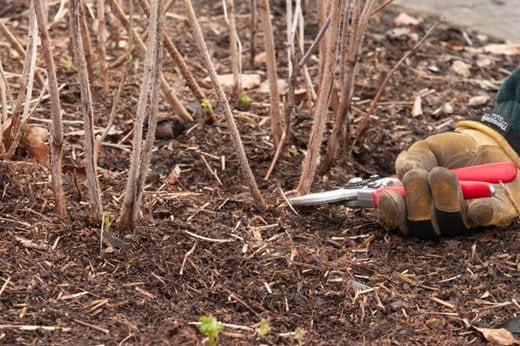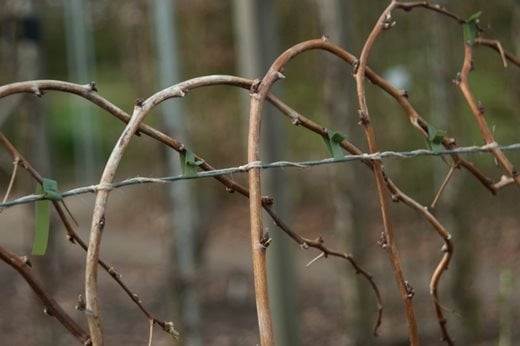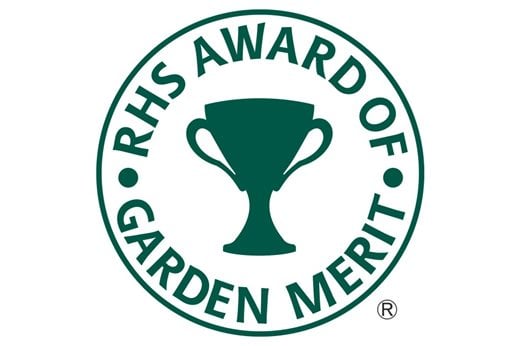February is the ideal time to prune currants and berries to help ensure bountiful summer harvests, writes RHS Chief Horticulturist Guy Barter


Pruning soft fruit on your allotment on a dry sunny day is one of the nicest winter jobs. It’s always pleasant to see the straggly bushes reformed into neat open goblet shapes. A warm coat and sharp tools are prerequisite.
‘Soft fruit’ in this context simply means fruiting plants that are shrubby (such as gooseberries) or grow from canes (such as raspberries) – as opposed to ‘top fruit’, which grows on trees.
Out with the old
Some soft fruits bear crops on new shoots: blackcurrants for example. I just cut out one in three shoots to ground level with long-handled loppers or a pruning saw (Silky is a reliable brand), choosing the oldest, darkest shoots and any that have flopped and made it tricky to traverse the plot. The cut stems have a pleasing smell. Inevitably, some bushes become scraggy and sterner pruning is needed to keep them within bounds.
Bindweed and nettles may invade well-fed bushes. Bindweed is tackled in summer and autumn, but I keep a border fork handy now to winkle out nettle clumps.
 Autumn-fruiting raspberries also fruit on new shoots. In wet summers they are often my best fruit crop. Their pruning is simple: simply cut them to ground level in February. Mine were under water last winter and went unpruned, becoming quite a thicket so this year I cut them down in December to preempt a wet winter – the exact month doesn’t matter, as long as the plants are leafless and dormant.
Autumn-fruiting raspberries also fruit on new shoots. In wet summers they are often my best fruit crop. Their pruning is simple: simply cut them to ground level in February. Mine were under water last winter and went unpruned, becoming quite a thicket so this year I cut them down in December to preempt a wet winter – the exact month doesn’t matter, as long as the plants are leafless and dormant.
A different approach
 Some soft fruits develop in a different way. Summer raspberries fruit on last year’s canes so I cut out the fruited canes in late summer once cropping is over. Now’s the time to thin out the remaining new shoots, tie them in, and remove suckers. Raspberries like moisture at the root, so give the plants a good mulching.
Some soft fruits develop in a different way. Summer raspberries fruit on last year’s canes so I cut out the fruited canes in late summer once cropping is over. Now’s the time to thin out the remaining new shoots, tie them in, and remove suckers. Raspberries like moisture at the root, so give the plants a good mulching.
Red and white currants are drought-proof and heavy cropping, but there are limits to how many of them a household can consume. Trim any over-long main shoots and side shoots. If the plants are woody and congested, remove some older shoots to the base to keep replacement shoots coming and avoid the bush getting too aged.
I got fed up with gathering gooseberries from thorny plants so replaced them with nearly (but not quite) thornless ‘Captivator’. Like many thornless fruits its mojo has gone along with the thorns, and the plants crop lightly. Our Wisley fruit expert Jim Arbury suggests ‘Xenia’ as a replacement – one is on order.
Gooseberries are not popular in my household, but jostaberries attract less disdain. They are thornless, vigorous and fruit on young wood, so I just remove some of the biggest branches at the point of origin each year to induce flowering wood and keep the plants within bounds – they could easily top 3m if left.
 Pick of the crop
Pick of the crop
Look for the RHS Award of Garden Merit (AGM) when buying fruit bushes or download the RHS lists of recommended cultivars.
See also

